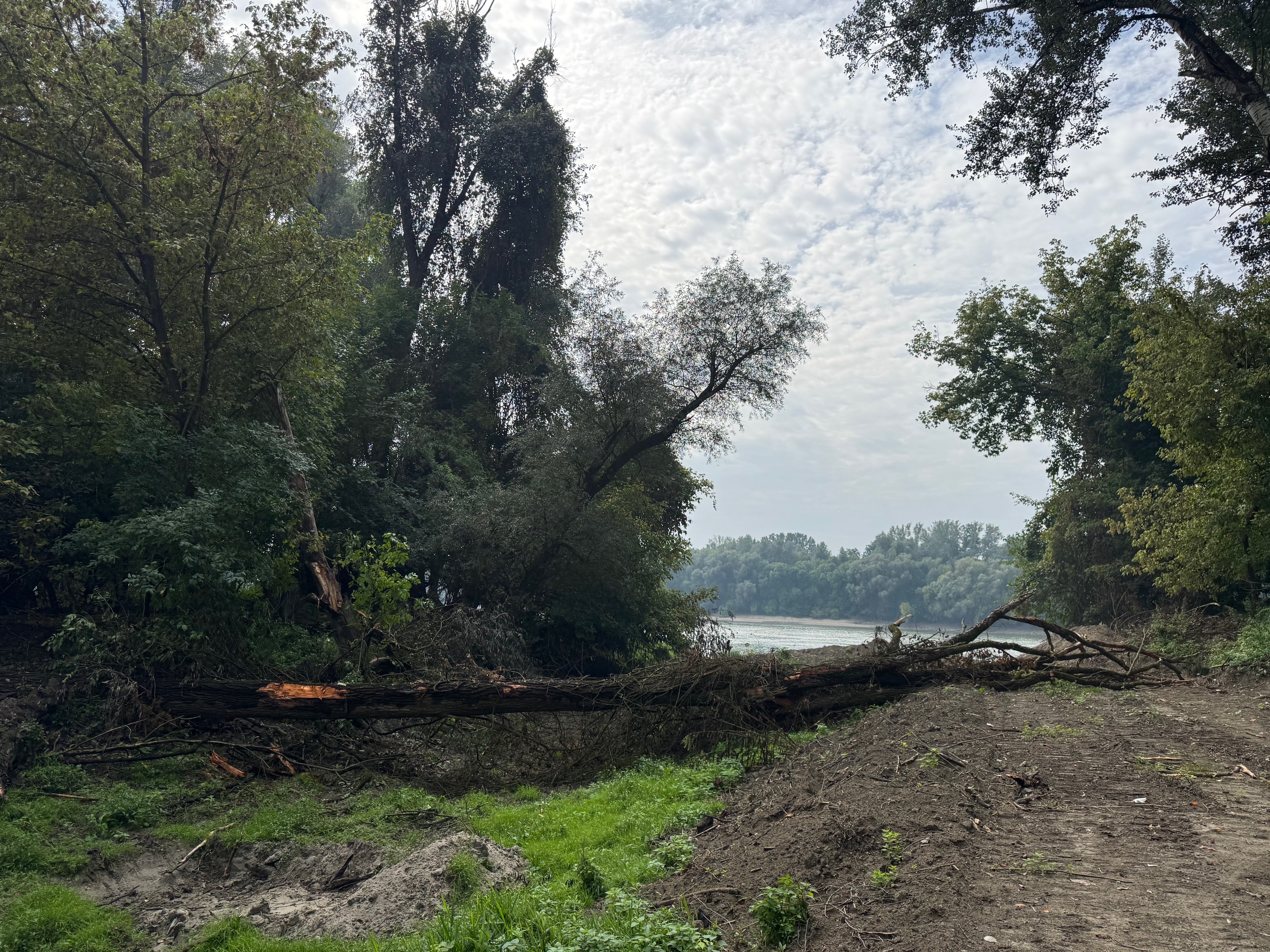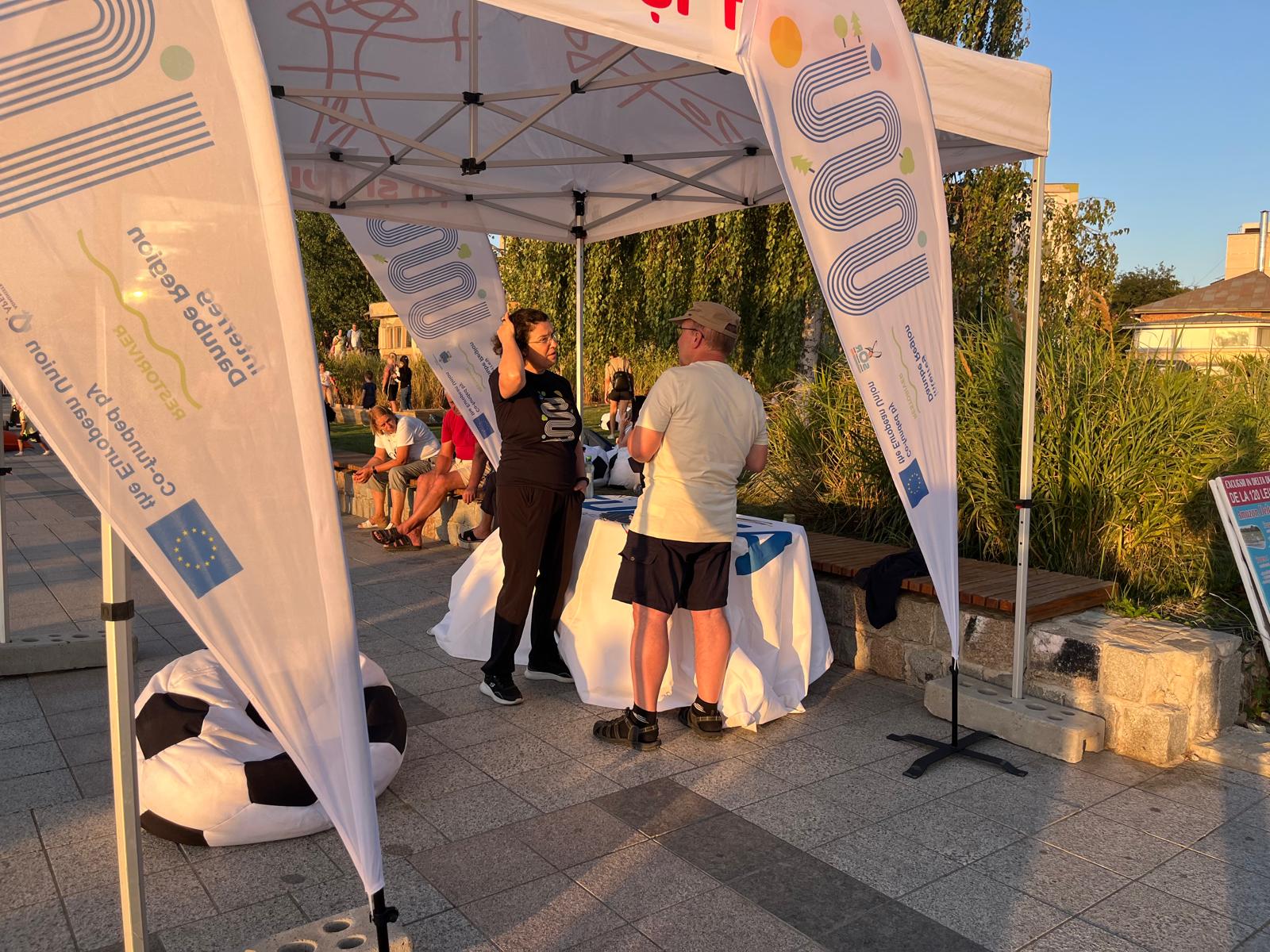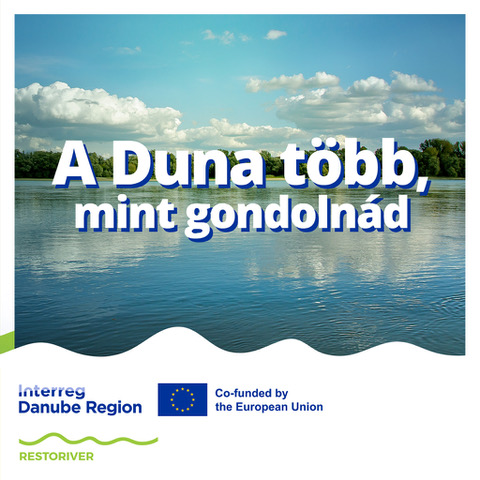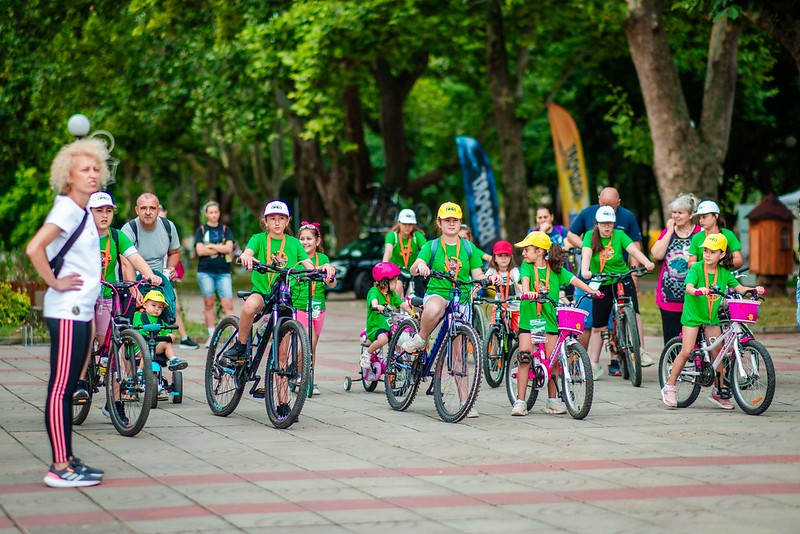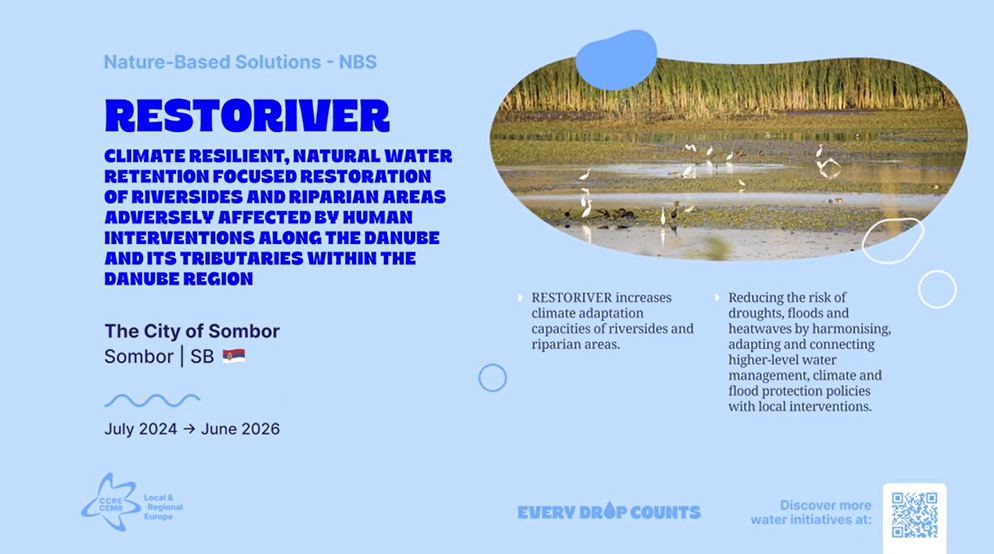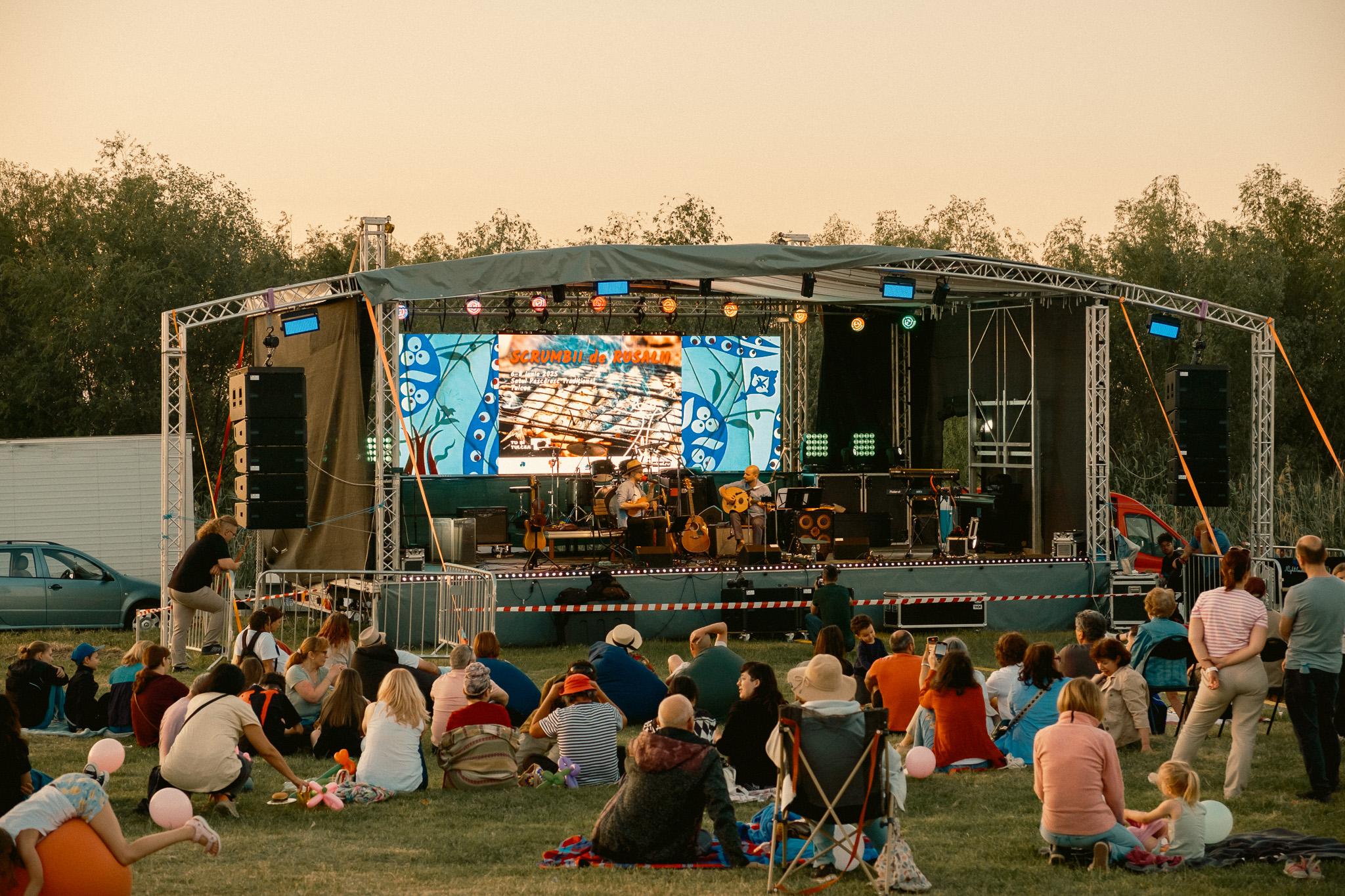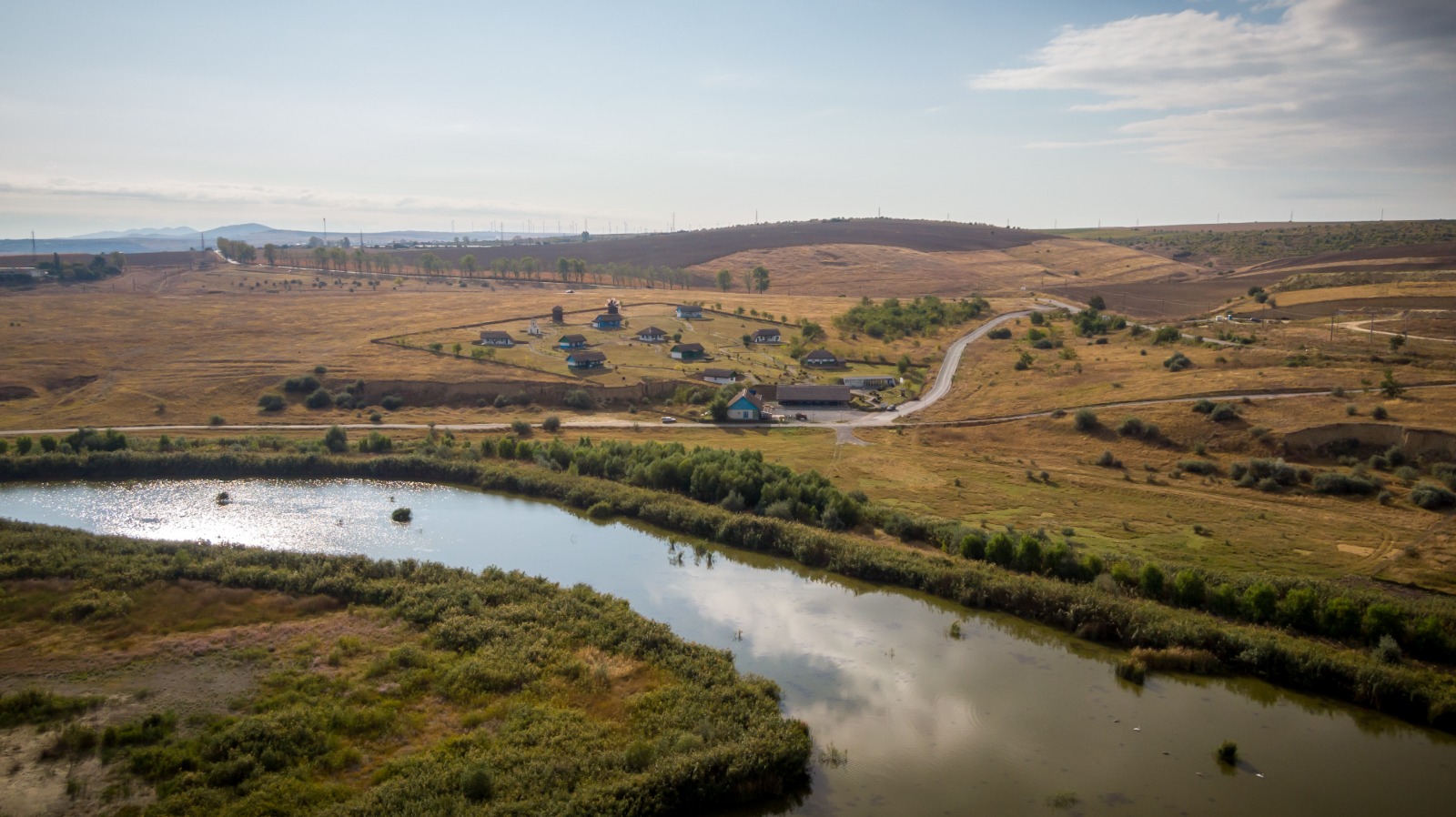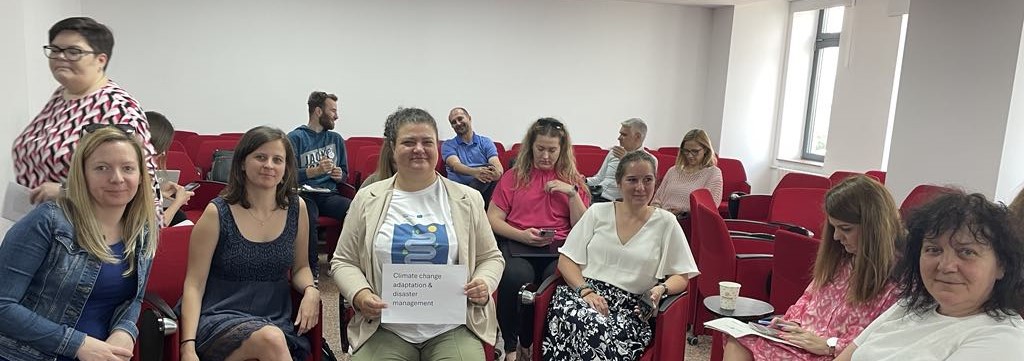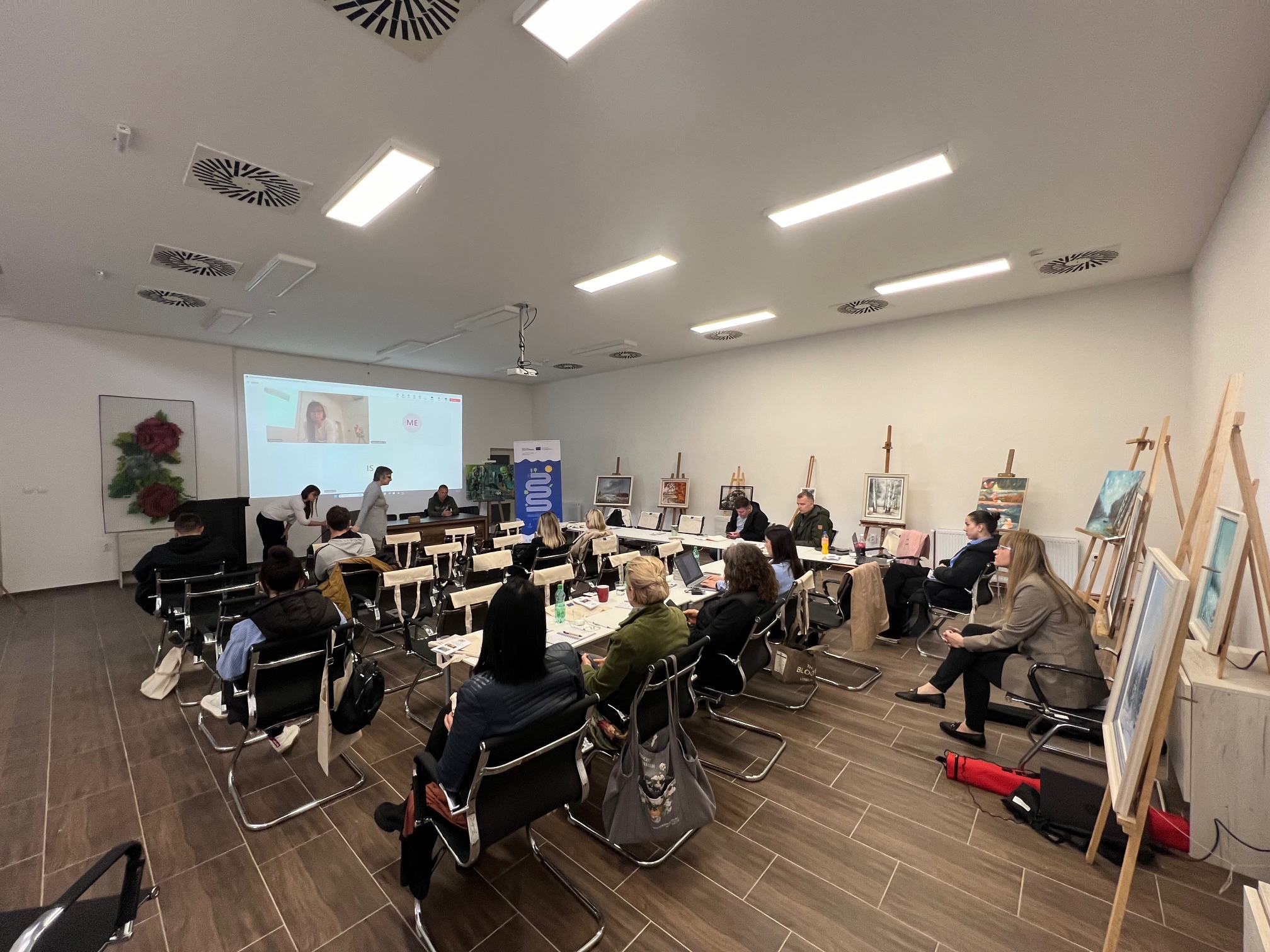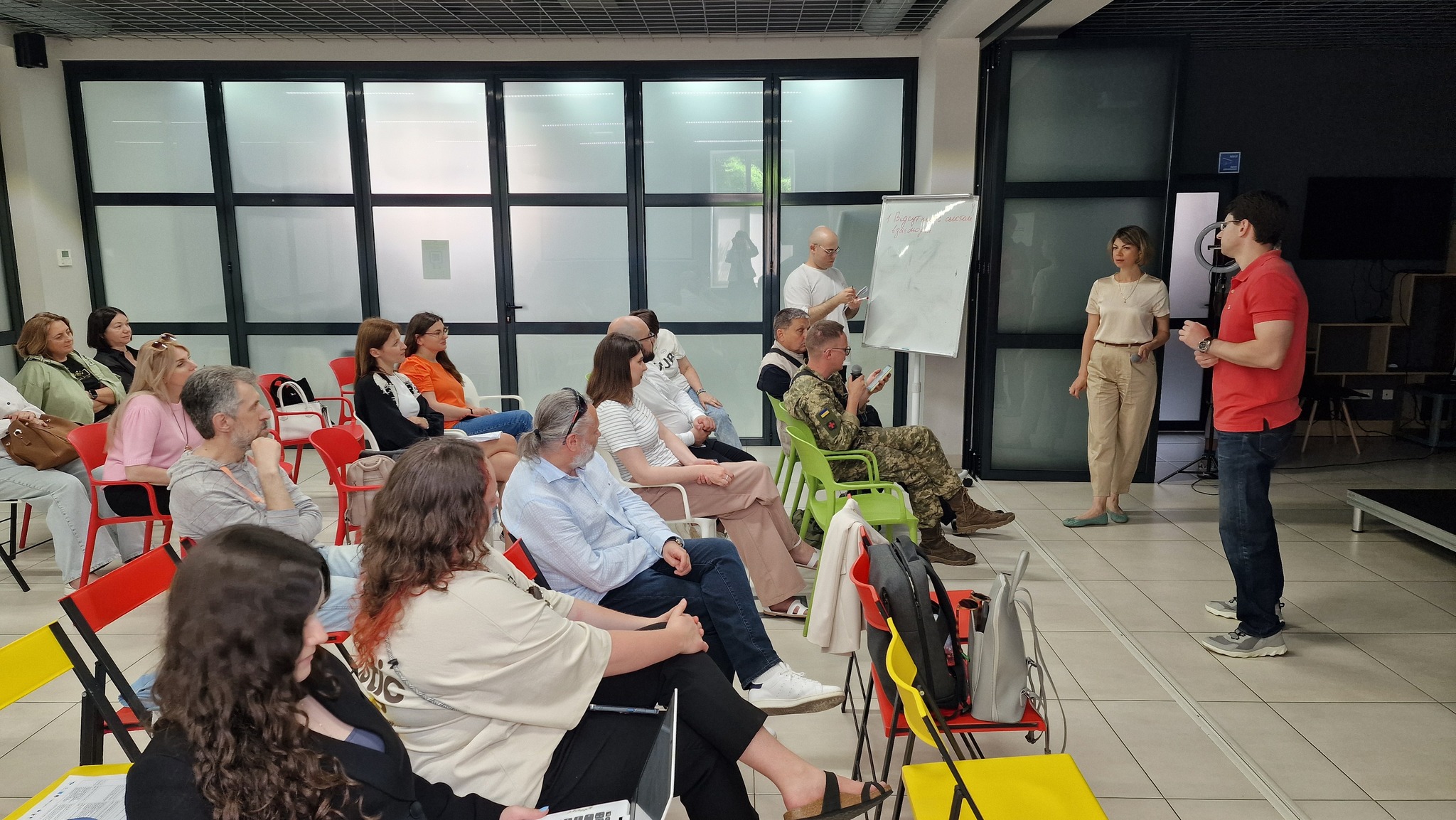
Nature-Based Solutions in Action: WWF-Ukraine and RESTORIVER Drive Dialogue on Water-Smart Cities
On June 17, 2025, the city of Vinnytsia (Ukraine) hosted a hands-on seminar on the integration of nature-based solutions (NbS) into urban environments.
The event, held within the framework of the international RESTORIVER project, brought together municipal representatives, spatial planning experts, environmentalists, civil society activists, and researchers working at the intersection of urban development and environmental protection. The seminar was co-organized by WWF-Ukraine and the municipal enterprise Agency for Spatial Development of the Vinnytsia City Council.
The event aimed to explore innovative approaches and methodologies for integrating Nature-based Solutions (NbS) into urban environments. Topics included the development of green infrastructure, river renaturation, and the incorporation of ecosystem services into local water policy and spatial planning. Participants had the opportunity to review inspiring case studies — including the "12.7 km Alley" project developed by the Agency for Spatial Development — as well as to discuss pilot sites for ecosystem restoration identified within the framework of RESTORIVER project activities.
The program also included interactive exercises and a panel discussion focused on shaping local water policy through the lens of sustainable urban planning.
Nature-Based Retention Measures: The Future of Water Management in Ukraine – WWF-Ukraine Highlights the Role of NWRM
Climate change, urban expansion, and ecosystem degradation are reshaping the water landscape in Ukraine. In response to these growing challenges, Oksana Konovalenko, Head of the Water Programme at WWF-Ukraine and PhD in Geography, emphasized the importance of implementing Natural Water Retention Measures (NWRM) as a strategic and sustainable response.
NWRMs are long-term, nature-based practices that help retain water within the landscape — in soils, vegetation, and aquifers — rather than rapidly draining it away. These approaches work with natural processes, not against them.
“Natural Water Retention Measures are not just an environmental answer to the climate crisis — they are a pragmatic solution for Ukraine today,” said Oksana Konovalenko. — “Our country is simultaneously facing water scarcity in some regions and flash flood risks in others. NWRMs offer proactive risk reduction, not just reactive measures. Integrating these practices into national and local strategies — particularly in agriculture and urban planning — is vital. Equally important is public awareness: people must understand that nature-based solutions often perform better than concrete — and last longer. Climate change is already redrawing Ukraine’s water map. The real question is: can we adapt our management approaches in time?”
During the event, participants were introduced to the development and integration potential of the “12.7 km Alley” project — a flagship example of how green-blue corridors can be implemented in urban settings. The concept was presented by Maria Smirnova from the Vinnytsia Agency for Spatial Development.
The project focuses on revitalizing the riverfront of the Southern Bug River in Vinnytsia, combining spatial planning with the development of green and water-sensitive infrastructure.
The vision, developed by urbanists, architects, and local authorities, envisions a continuous pedestrian riverside route more than 12 kilometers long — stretching from the Liberation Memorial to the Sabarivska Hydropower Plant. The project also explores the possibility of riverbank renaturation in line with global ecological agendas.
“Water bodies in cities play not only an ecological but also a social role,” said Maria Smirnova. — “They offer space for recreation and foster a deeper connection between people and nature. However, urban development often creates tension between expansion and the health of river ecosystems. Urban planning must address this by integrating riverbanks as functional zones with varying levels of protection and use. People perceive waterfronts differently — some as green parks, others as wild landscapes — and these perspectives must be reflected in zoning.
Recognizing the value of nature, even in its more 'untamed' forms, helps us build more resilient and harmonious cities.”
Challenges and Barriers to Implementing Natural Water Retention Measures (NWRM)
Despite the clear benefits of nature-based solutions, their widespread adoption in Ukraine still faces a number of significant barriers. As Yaroslav Teleshun, Head of Policy and Advocacy at WWF-Ukraine, noted during the event, the main challenges include:
1. Limited Funding
Although NWRMs are often more cost-effective in the long run, their implementation requires upfront investments in planning, construction, and monitoring. Due to a national focus on emergency infrastructure and disaster response, nature-based approaches are frequently overlooked in public budgeting.
2. Low Awareness Among Communities and Government Bodies
Many decision-makers and local communities still lack understanding of how NWRMs function, or perceive them as less effective compared to conventional “hard” infrastructure like concrete channels or dams. There's a lack of real-life success stories, professional training, and communication efforts to promote NWRMs as scientifically sound and economically viable solutions for managing natural — and especially water — resources.
3. Fragmented Institutional Coordination
Effective implementation of NWRMs requires cross-sectoral cooperation — across water management, urban planning, agriculture, ecology, and infrastructure development. However, these sectors often operate in silos, with limited communication and no shared strategies for integrated resource management.
Key Topics Covered During the Training Seminar:
Spatial planning and blue-green corridors — including the “12.7 km Alley” project aimed at revitalizing the riverbanks of the Southern Bug in Vinnytsia.
Nature-Based Solutions (NbS) — their role in river restoration and enhancing urban environments.
The economics of ecosystem solutions — why prevention of environmental degradation is more cost-effective than dealing with its consequences.
Local water policy — the importance of community engagement and transparency in decision-making.
Group work and reflection — participants identified current barriers and explored ways to overcome them.
Field visit — a guided walk through Vinnytsia's streets to observe the city’s water infrastructure and discuss practical examples on-site.
News & Events
Read the most recent updates and explore the upcoming events.

